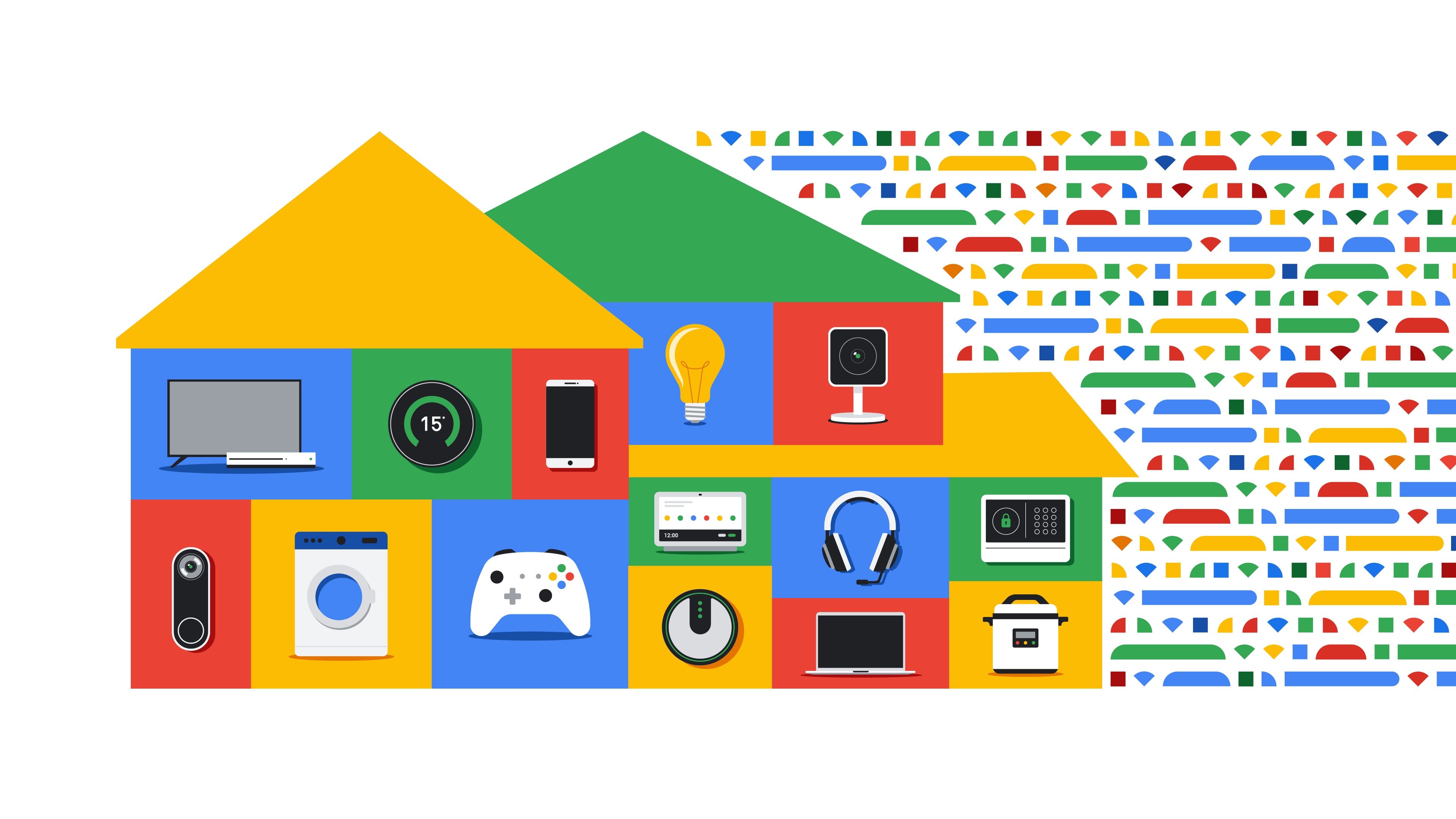A few of our Google Fiber teammates went to the Consumer Electronics Show (CES) 2023 to get the scoop on what’s next in tech and to make sure Google Fiber is ready for it. Check out their thoughts on the conference and what it means for Google Fiber.
The energy of CES 2023 was striking. It is the second year back to in person programming since the pandemic began, and it was clear that every attendee (~115,000) was fired up to get their hands on a look into the future of tech.
To set the scene: There wasn’t a single booth space empty and, needless to say, there was new technology everywhere. We spent a lot of time exploring the interactive features and getting a feel for the groundbreaking new hardware.
Here are our key takeaways:
1. The home is getting even smarter.
Devices centered around the connected home and pervasive AI was one of the main themes at this year’s CES. Smart bird feeders, robot lawn mowers, connected electric panels, 8K VR headsets (with rumblings of 12K upcoming), various immersive content experiences — these products are examples of how brands are pushing the boundaries of what we know technology to be capable of from every angle.
To Tom Lee, a Commodity Program Manager at Google Fiber, his experience with the latest high resolution VR display felt (quite literally) out of this world as he was immersed in a virtual space flight. He also noted that Matter, a smart home interoperability protocol, is becoming predominant as it was featured in many of the large consumer brand showcases, use of Matter will help push the smart home revolution to the next level.
While much of this technology isn’t readily available to us now, it’s evident that technology featured at CES this year will soon become standard. Which brings us to our next point. . .
2. All those new home devices need great home internet.
Why did a team of Google Fiber folks head all the way to Las Vegas to attend CES? Think about it this way: All of that new connected home technology needs a home network that’s ready to support it.
In order to best serve those future needs with future-proof internet, it is important to be familiar with the types of devices that are coming down the pike. That means it’s important for us to get an understanding of which applications and devices will require faster internet, and a reduction in Wi-Fi latency, so we’re able to prepare our network to handle those demands.
3. Wi-Fi 7 has arrived.
Potentially the most notable development for us was the introduction of Wi-Fi 7 at CES 2023. We knew it was coming, but to see it work in real time clarified the next step in our quest to bring customers internet that can do it all.
Several vendors demonstrated the ability of Wi-Fi 7 to deliver speeds nearing 5-7 Gbps over the air, which is a huge jump forward. Tom pointed out that the highly anticipated Multi-Link Operation (MLO) feature will greatly reduce Wi-Fi latency by combining multiple radios to enhance video conferencing and gaming experiences. With previous generations of Wi-Fi, even if you had a 5 Gig connection to your home, you would also need to be connected through Ethernet cable via a 10 Gig network to get anywhere close to realizing that speed. Wi-Fi 7 opens up a whole new world for the future of wireless and multigig connections in the home.
4. Multi-gig is officially the new gigabit.
We walked away from CES 2023 more confident than ever that multi-gig internet is well on its way to becoming mainstream. From the sheer amount of connected devices in (and outside) the home, to the increased bandwidth requirements for things like working from home, streaming 8k video, and virtual reality, multi-gig will soon become a necessity in the coming years — and we’re ready to bring it to our customers.
Posted by Nagaraj Padur, Networking System Architect; Tom Lee, Commodity Program Manager; Richard Zhou, Networking System Architect; and Nick Saporito, Head of Multi-gig & Commercial Product

